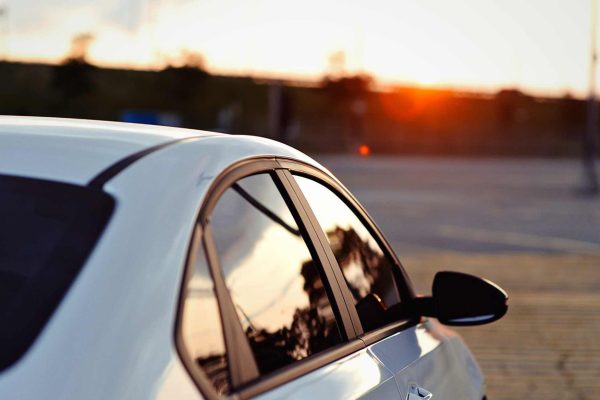If your car recently got damaged by a hail storm, you may be wondering what you should do. Should you try to repair it yourself, or call an expert? Or, should you just leave it alone, since the damage may seem cosmetic?
In this article, we’ll discuss the three options available to you when your car is damaged by hail. We’ll also provide information on how hail damage is assessed and the cost of repairing hail damage.
Table of Contents
Option 1: Do Nothing
Although hail damage can be quite extensive, there are many cases where your car’s left with a few minor dings and no serious-looking damage. If you’re short on cash, time, or just don’t want to be bothered with getting repairs, you may be tempted to leave your car alone and do nothing.
However, even if your damage looks minor or purely cosmetic, this isn’t usually the greatest idea. Even the smallest dents and dings can worsen over time and may eventually lead to rusting and other problems. This means the longer you wait to repair it, the worse it gets.
It’s also very possible that your car could have sustained invisible damage that compromises it’s safety or mechanics.
Finally, doing nothing can cause insurance problems. If you wait until a second event with larger damage to file a claim, you may get in trouble for not reporting the first damage even beforehand.
Overall, it’s a good idea to repair your hail damage sooner rather than later. If you’re concerned about the cost, try this hail damage car repair cost calculator to get an idea of what your estimate would be.
Option 2: DIY Repair
If you’re a handy person with some time on your hands, you may want to try fixing the hail damage yourself. This can be a great option if your damage is minor and you’re comfortable working on cars.
There are plenty of hail repair kits available online, which come with all the materials and instructions you need to fix the dents and dings caused by hail. These kits usually cost between $50 and $100.
Of course, doing the repair yourself means there’s always a chance you could make things worse. If you’re not comfortable working on cars or don’t have the time to do it right, it’s probably best to leave this option alone.
You should also refrain from doing the repairs yourself if the damage is extensive and complicated. If your car has broken windows, or many deep dents on multiple panels, it’s best to take it to a professional.
Option 3: Call An Expert for Repair
Of course, no matter how big or small your hail damage is, the best option of all is always to take your car to an expert for repairs. Only an expert will have the skills and tools to properly fix your car so that it’s back to normal.
This is especially true with hail damage, which usually requires highly specialized tools and expertise to properly repair. PDR, or paintless dent repair, is the most popular form of repair for hail damage, and it’s a repair method that only specialized technicians can handle.
While this option will likely be more expensive than doing the repairs yourself, it’s often worth it for the peace of mind you get for knowing your car is in good hands.
And if you have the proper insurance coverage and work with the right shop, odds are, your car will be fixed quickly and at a surprisingly low out of pocket cost. An expert will also give you detailed information about how hail damage is assessed on a car so you can know exactly what kind of damage you have and what it will cost to repair.
Conclusion
Hail damage can be a pain, but with the right knowledge and expertise, it doesn’t have to be a major problem. While there are several ways you can deal with hail damage, it’s always best to get it repaired by an expert.
A reputable hail repair shop will be able to work with you to get your repairs done as quickly and expertly as possible so you can be back on the road in no time.



